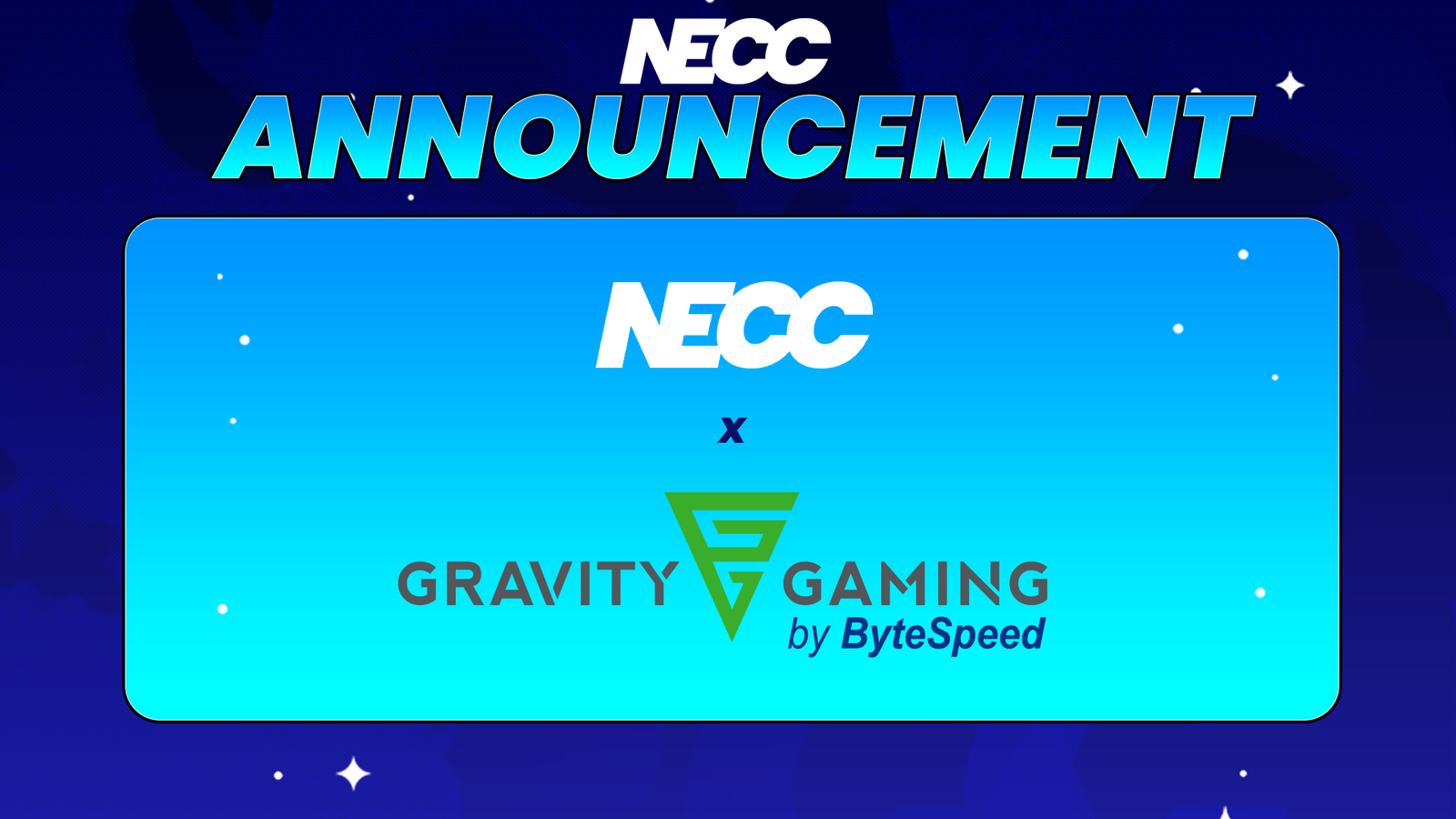Women’s, Nonbinary Teams Poised to Change the Game in Conference Competitions
Carebear, Carrots, Lunarouse, Tuxedosam, Jiraffe and Soap might sound like a cute, cuddly crew. That is, until they expertly dodge enemy fire, neutralize explosives and slay their adversaries.
Playing the character-based, first-person shooter video game Valorant, the headset-wearing members of UMD’s Team Lilac crushed Northern Virginia Community College, 3-0, in the Fall 2023 National Esports Collegiate Conference Mideast Championship.
The women’s and nonbinary team—one of two competing under Terps Esports—hopes to step further into the male-dominated space this fall, as the Big Esports Conference (BEC), made up of Big Ten institutions, begins hosting competitions for marginalized genders.
“Winning that opened many eyes,” says Saima Ahmad ’26, who goes by the gamertag Carebear. “Just because we’re women doesn’t mean we’re not good at esports.”
Only around 8% of the estimated 5,000 varsity college esports competitors in the U.S. are women, and 5% of professional gamers are female. Research suggests that stereotyping and hostile gaming environments, including insults and cussing, perpetuate the underrepresentation.
Ahmad and Aayush Nepal ’23, a UMD Valorant player and captain while a student, organized tryouts for a women’s and nonbinary team last fall. Based on how 13 gamers worked together to plant or defuse the game’s explosive “spike,” Nepal split them into two teams, Lilac and Lotus.
“It’s very cool that we were able to have two teams, because it’s very hard to find women and nonbinary players, period,” says Nepal, aka Dustyyxo, who’s now the coach of both squads.
They started out as part of the Gaming at UMCP club, then last spring joined the more official Terps Esports program, home of UMD’s premier-level teams in games like Valorant, Overwatch and Fortnite since 2022. Players practice several days a week either virtually or in Ritchie Coliseum, scrimmaging and conducting “VOD (video-on-demand) reviews” to analyze past competitions—much like rolling back game film.
“There are so many more things that a team can improve on that aren’t raw skill,” says Soomin “Carrots” Kim ’26, Lilac’s in-game leader who guides the team’s decision-making. “As we’ve practiced, I have been able to naturally play off some of my teammates without even having to say anything. We just know each other’s play style.”
While other esports tournaments don’t restrict women and nonbinary players, having specific competitions for their teams in the conference will spotlight their accomplishments and foster camaraderie, says Erin “Gojo” Maynard ’26, a member of Team Lotus.
“When you’re playing with men, a lot of times (you’re) not treated the best, unfortunately,” she says. Women’s and nonbinary tournaments are “just a really great place to bond with other people who have shared interests with you and just to feel safe doing what you love.”
- Written by Annie Krakower, Courtesy of Maryland Today
ABOUT THE NECC
The NECC fosters innovative competition experiences, provides quality broadcasting services, and works to support an inclusive community within collegiate esports. The NECC was started to provide the collegiate gaming community with the respect it warranted and deserved. The conference prides itself on responding to the needs of its schools, directors, coaches, and most importantly - its players.
With more than 500 colleges and universities currently competing, the NECC strives to be a positive home for the collegiate gaming community.
For more information about the NECC, their schools, games, and community, visit their website at https://necc.gg/




